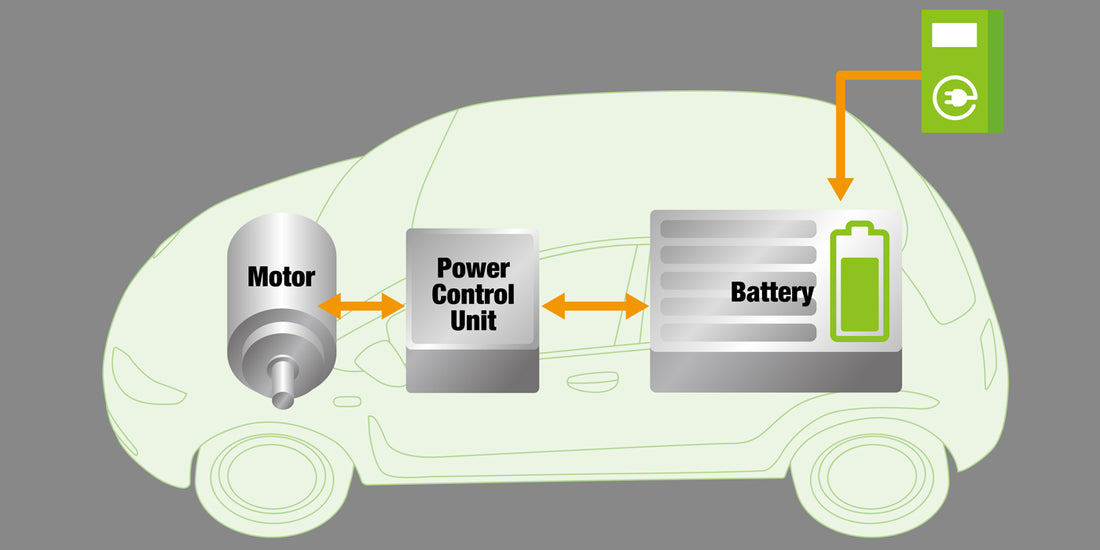Electric Vehicle (EV) manufacturers apply several engineering advancements — like evolving battery technologies and aerodynamics — to increase driving efficiency. Another feature standard to EVs is regenerative braking.
In a conventional internal combustion engine (ICE) vehicle, stepping on the brake pedal causes the discs and brake pads to create friction as they meet. The friction creates kinetic energy that dissipates into the environment in the form of heat. In other words, while this is an effective way to slow down a moving vehicle, friction braking wastes energy.
Regenerative braking recovers some of the kinetic energy that would otherwise turn into heat and instead converts it into electricity to help recharge the vehicle’s battery. This occurs by reversing the electric motors that propel the car, thereby applying a braking force through electromagnetism.
Like a generator, the process feeds energy back into the electric system to help replenish a small amount of range. Many small boosts in battery range can accumulate, improving efficiency and increasing range over time.
Regeneration occurs under two conditions:
- When the driver applies the brake pedal.
- When the driver releases the accelerator pedal and the vehicle is coasting.
Benefits of Regenerative Braking
The amount of electricity a system generates is proportional to the level of braking force. In other words, the amount of energy captured is dependent on the vehicle’s speed and the duration of brake application.
While regenerative braking modes vary among vehicle makes and models, the latest regenerative braking systems can recover up to 70% of the kinetic energy otherwise lost during braking.
In addition to recovered energy, benefits of regenerative braking systems include:
- Improved range — Regenerative braking may not add significant miles to your driving range, but the gains in recaptured energy can add up when used liberally and regularly — and every mile of battery range counts.
- Reduced brake maintenance — Regenerative braking means less wear and tear on traditional friction brakes, so you’ll need to replace pads, rotors and shoes much less frequently.
Disadvantages of Regenerative Braking
While there are many pros to regenerative braking, there are a few cons to consider, as well:
- Different pedal feel — Some regenerative braking systems, especially in older EV models, change brake pedal feel and modulation. Regenerative brakes can feel momentarily unresponsive or difficult to modulate for smooth, clean braking and stopping.
- Less effective — Regenerative brakes may not have the same stopping power as conventional brakes, requiring drivers to step harder on the brake pedal.
- Low speed, low benefit — When you use regenerative braking in low-speed city driving, it doesn’t generate enough energy to make any meaningful impact on the range of your car.
Since driver preferences vary, some EV modes allow regenerative braking to be turned off.
What we do know is that many newer regenerative braking systems perform much better than early examples of the technology, feeling more natural to the driver and offering a similar level of effectiveness as a conventional friction system.

